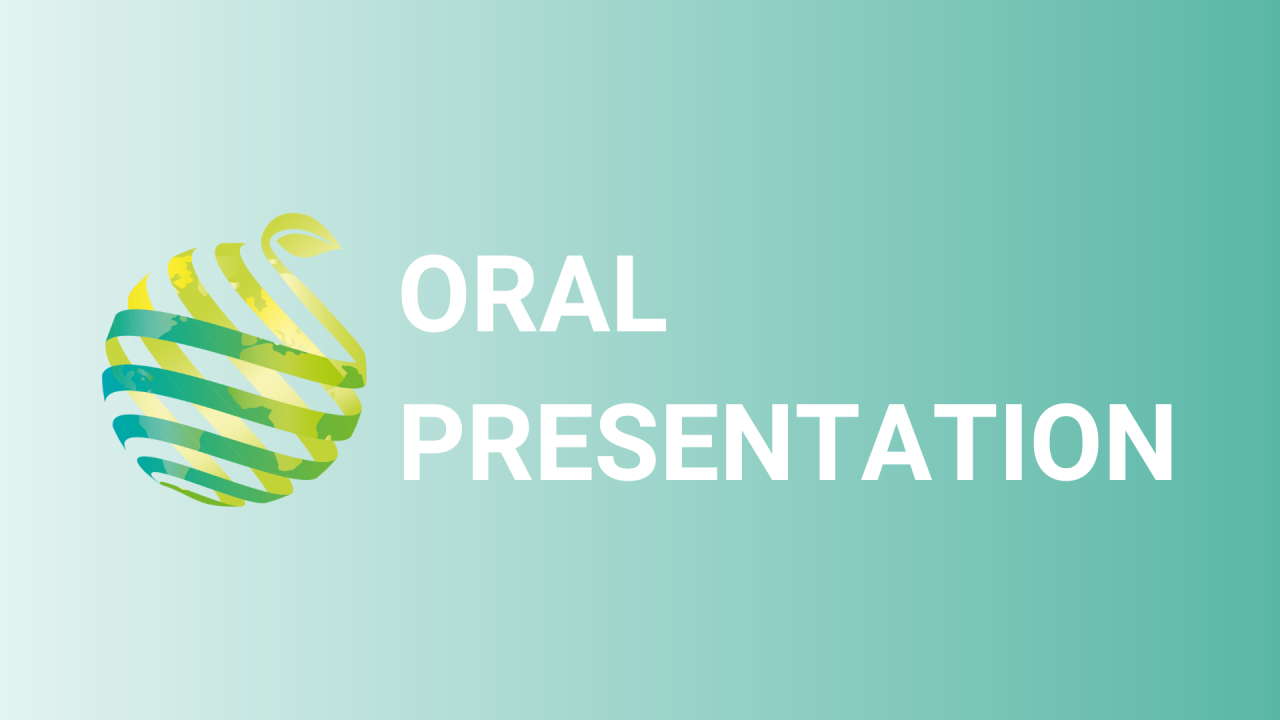

S14 - Session O1 - Application of a bio-control agent and other practices for controlling strawberry anthracnose in Taiwan
Information
Authors: Tsung-Chun Lin*
Strawberry ( Fragaria × ananassa Duchesne) is an economically important crop in Taiwan, however because of the outbreak of strawberry anthracnose in early 2010, the short supply of strawberry seedlings became a serious problem for strawberry production. The isolates of anthracnose causing organisms were collected from major strawberry cultivation areas in Miaoli County, and mainly identified as Colletotrichum siamense , these isolates were proved to be pathogenic to the leaves, crown and roots of strawberry. The bio-control agent of Bacillus amyloliquefaciens P-2-2, was isolated from rice paddy field and expressed effectively on inhibition of many fungal pathogens of strawberry. The strawberry seedlings used in this study were treated with 400-fold dilution of B. amyloliquefaciens P-2-2 fermentation broth once for every two weeks to protect the crown of the seedlings from anthracnose infection before transplanting. These seedlings were also sprayed with the hypochlorous acid solution daily to prevent the spread of anthracnose spores from infection. Sterilization of soil by biological soil disinfestation (BSD) method was done during field preparation. After transplanted in the production field, the strawberry transplants were treated with 400-fold dilution of B. amyloliquefaciens P-2-2 once for every two weeks until the end of the growing season. The results of field test, shown that the survival rate of the untreated group in demonstration area of Dahu Township was 83.9%, whereas that of healthy strawberry seedlings treated with B. amyloliquefaciens P-2-2 increased to 95.1%. The replanting rate of strawberry in the untreated group area was 37.6%, whereas the B. amyloliquefaciens P-2-2 treated area was reduced significantly to 10.7%. Upon those results indicated that application of bio-control agents with other practices were effective for controlling strawberry anthracnose.